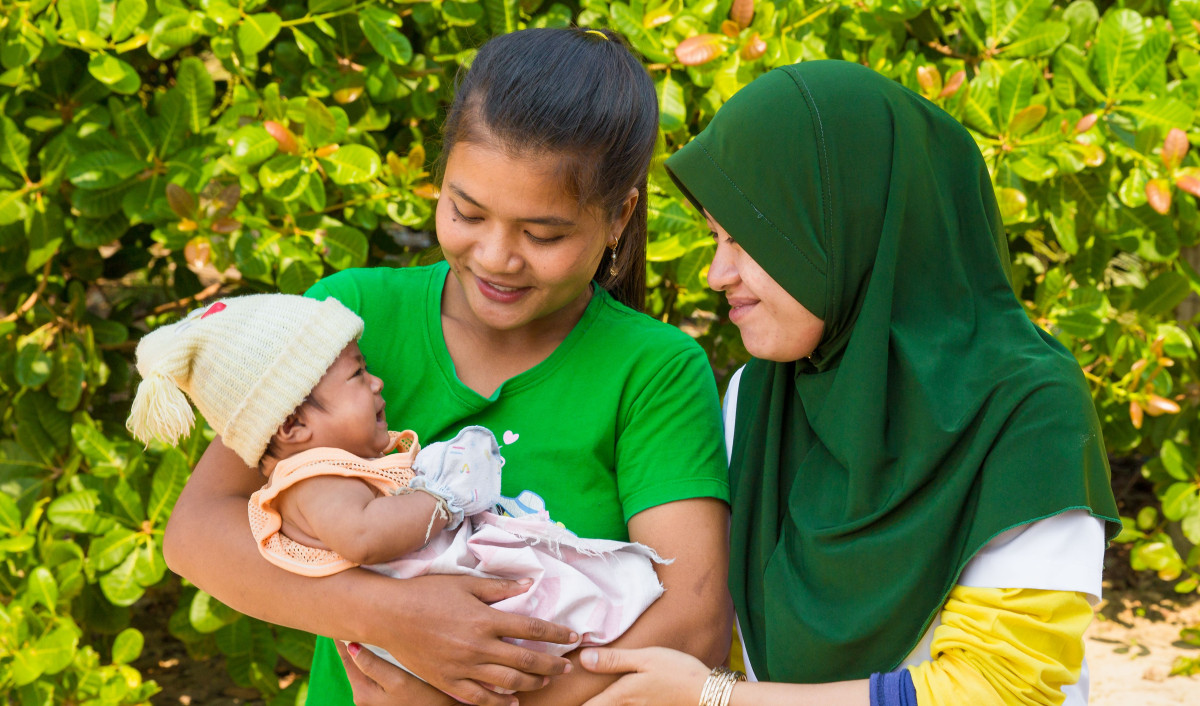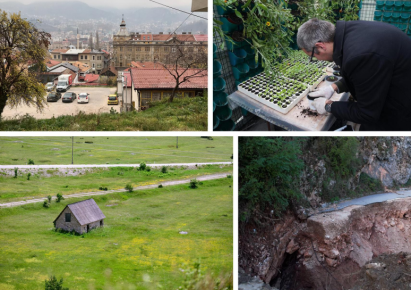"I am grateful to my midwife for saving my life," says mother
Published: Feb 12, 2018 Reading time: 3 minutes Share: Share an articleLocated about 270 kilometers southwest of Phnom Penh, Cambodia’s Koh Kong province is famous for its natural scenery which includes stunning waterfalls, the largest mangrove eco-system in South East Asia, mountain trekking and untouched beaches. Though the province has seen rapid economic development with a booming tourism industry, a rural community 45 minutes away from Thmorsar Commune in Koh Kong still struggles with access to urgent health care after being relocated because of this development. In the area they now call home, residents have to travel 94 kilometers to Sre Ambel town to reach the closest hospital.

With support from the Czech Development Agency, PIN has improved access to quality health care for this community by building the Tanoun Health Center and increasing the capacity of its midwives through various trainings, including management of post-partum hemorrhage (PPH) – when excessive bleeding occurs following the birth of a baby. Since PPH is one of the leading causes of maternal death in Cambodia, PIN trained 42 midwives from Koh Kong and Kampong Chhnang provinces on the meaning of PPH, its causes, symptoms of shock and how to prevent death by using a Non-Pneumatic Anti-Shock Garment. Once the heavy bleeding starts, the garment is used to restore regular blood circulation and avoid bleeding out by tightly wrapping it around the legs and abdomen of the mother. PIN has supplied Tanoun Health Center with two of these garments.
Prepared in a crisis
Chhouen Yuon (24) lives a quiet life with her husband in rural Koh Kong, spending their days looking after their farm, harvesting rice, chickpeas, eggplants and other vegetables. Last year, their quiet lives became louder with great news – they were soon to become parents. Overjoyed and with Tanoun Health Center close by, Chhouen experienced a smooth pregnancy with regular visits to her midwife who advised her on healthy eating and lifestyle habits during pregnancy.
Chhoeun’s delivery also went well having only spent 3 hours in labour – but it was after the birth when she nearly lost her life. Once the baby was born, Chhouen began bleeding extremely heavily and her blood pressure dropped fast. “It was horrible,” she recalls. “I felt so scared and weak. There was nothing I could do.”
Her words are true, there was not much Chhoeun could do – but her midwife, Moth Serfi (26) knew exactly what needed to be done and how quickly. “When we injected her with medicine and she still bled out, I knew we only had a few minutes to save her life. I grabbed the anti-shock garment and started strapping it on her legs, starting from her ankles and working my way up by following the numbers– just as we learned in the training,” she says. It only took 2-3 minutes for Chhouen’s bleeding to slow down and return to a healthy state, after which Moth and her colleagues arranged her transfer to the closest hospital in Sre Ambel town – 94 kilometers away. “She made it the whole journey because we kept the anti-shock garment on her. She stayed conscious the whole way,” says Moth with a smile on her face.
It was only the month before this incident, in September 2017, that Moth attended a PIN-led Post-Partum Hemorrhage training alongside 20 other midwives, during which she learned how to use the anti-shock garment. “It was a good training,” says Moth. “It prepared me very well for Chhouen’s situation. She was bleeding so much and we did not have much time, but I did not feel scared because I knew what to do to save her.”
Since the incident, Chhouen has come back to Tanoun Health Center twice for health checks with Moth and for her daughter, Wichika, to receive vaccinations. When asked how she feels seeing them together, joyful and healthy, she tells us: “I feel so happy. This is why I became a midwife – to help.”








